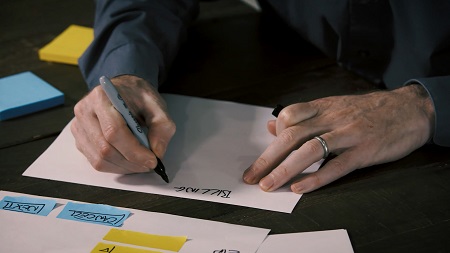
English | MP4 | AVC 1280×720 | AAC 48KHz 2ch | 1h 44m | 1.23 GB
While user behavior may often seem random, there are psychological reasons behind the choices individuals make as they navigate a user interface. In this course, learn about the psychological reasons why good UI design works, so that you can build websites and apps that work the way your users think. Instructor Chris Nodder helps you get started by discussing how brains work, and how to design around the limitations of the human brain. He also explains how to use perception principles to enhance the flow of your UI; leverage physical concepts to create a more intuitive UI; and smooth out your workflow. To wrap up the course, he explains how to fix small annoyances and make your interface pleasant to use.
Topics include:
- Designing around human limitations
- Telling stories
- How we group the things we see
- Making standard and consistent interfaces
- Smart defaults
- Reducing system latency and communicating during delays
- Making error messages into useful dialogs
- Designing for delight
Table of Contents
Introduction
1 welcome
How Brains Work
2 Humanlimit
3 Memoryoverload
4 Rule
5 Tellingstories
6 Distractions
7 Notifications
How We See Things- Perception Principles
8 Flow
9 HowWeGroup
10 Consistency
11 Readonline
12 Visionissues
Real-World Metaphors- Physical Concepts
13 Desktops
14 FittsLaw
15 speed
16 inputspeed
17 voicecontrol
18 international
Telling a Story- Workflow Concepts
19 smoothworkflow
20 smartdefaults
21 controlvled
22 disclosure
23 InductiveUI
24 KnowledgeUI
Communicating through the UI
25 Help
26 Assistance
27 Dialog
28 Error
29 Graphics
Designing for Delight
30 Morebetter
31 Annoyances
32 Differences
33 DesignDelight
Conclusion
34 nextsteps
Resolve the captcha to access the links!